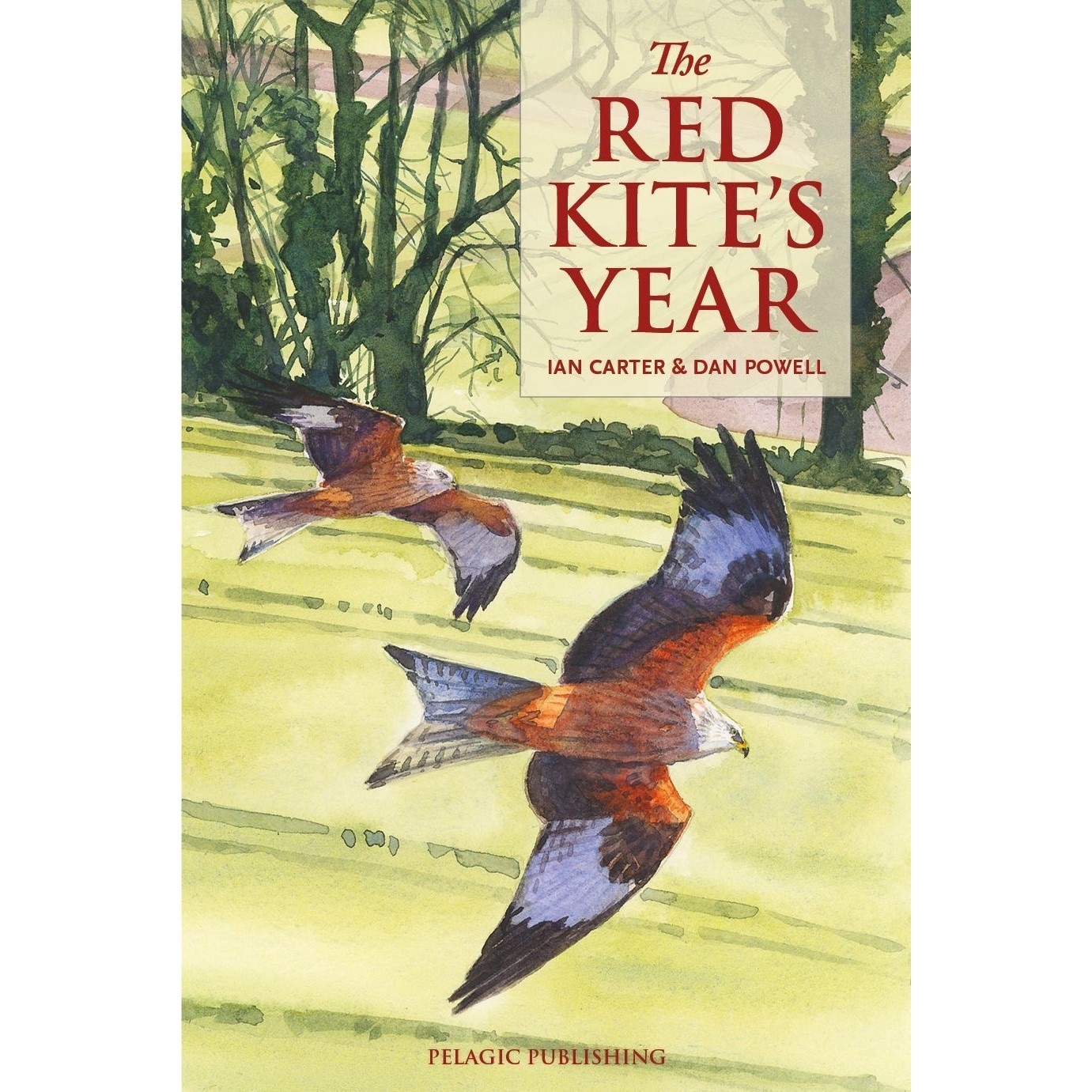| Serie | Pelagic Monographs |
| Auteurs | Ian Carter en Dan Powell |
| Taal | Engels |
| ISBN | 9781784272005 |
| Uitgever | Pelagic Publishing |
| Pagina's | 230 |
| Formaat | 15,7 x 1,4 x 23,5 cm |
| Bindwijze | paperback |
| Afbeeldingen | 107 kleuren afbeeldingen |
| Jaar van uitgave | 2019 |
This beautifully illustrated book follows the birds through the ups and downs of the year, from the rigours of raising young during the warm summer months to the struggle for survival in the depths of winter.
Interspersed with the monthly accounts, are chapters on the history of the Red Kite in Britain, the reintroduction programme, the threats it still faces, and its status elsewhere in Europe. Red Kite biology is explored from nest construction, egg laying and nest defence, through to juveniles leaving the nest and learning to live independently. The book concludes with an overview of Red Kite status throughout their range.
This book will interest anyone with an interest in ornithology, specifically raptors and raptor conservation. With a foreword by Mark Avery.
Ian Carter worked as an ornithologist for Natural England and its predecessors for over 25 years before taking early retirement. He has a long history of involvement with raptor conservation, including the reintroduction of the Red Kite.
Dan Powell is an award-winning wildlife artist and naturalist, whose drawings and paintings have been published in numerous books and journals.
Table of contents:
- January
Winter food; Coping with severe weather - February
The first signs of spring; The pair bond and age of first breeding; Courtship behaviour and calling; Male or female?
History in Britain
Early history; A decline in fortunes; The road to recovery – Red Kite protection in Wales - March
Faithfulness to breeding sites; Nest building; Nest spacing and breeding density - April
Final touches to the nest; Eggs and incubation; Nest decoration; Defence of the nest
The Red Kite reintroduction programme
Early reintroduction attempts; Planning the restoration to England and Scotland; Collecting young and care in captivity; Release into the wild; Progress so far; Further release projects; The wider benefits of reintroduction; Bringing back the Red Kite – a project officer’s perspective; The future - May
Care of small chicks; Studies of food in the breeding season; Foraging range and habitat use - June
The growing brood; Preparations for the first flight - July
Leaving the nest; Towards independence; Red Kite adoptions; Measuring breeding success
Threats and problems
Illegal persecution; Accidental poisoning; Egg collecting; Collisions and accidents; Powerlines - August
Fending for themselves; Plumage differences; The annual moult; A lull in activity - September
Wanderlust; The Red Kite as a migrant; and The use of new technology
To feed or not to feed? Changes in legislation; Red Kite feeding stations; Feeding in gardens - October
The communal roost; Attendance patterns; The daily routine - November
The benefits of communal roosting; Social interactions and play at roosts - December
A wildlife spectacle; and The influence of weather on roosting behaviour World status Northern Europe; Northwest Europe; Central and eastern Europe; Southern Europe; The future



















